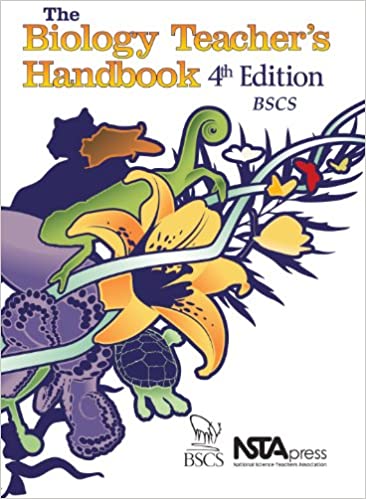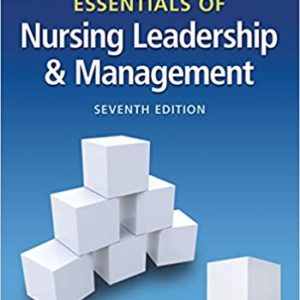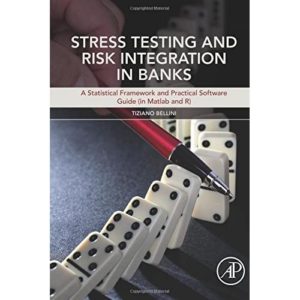The Biology Teachers Handbook 4th Edition by Biological Sciences Curriculum Study
$10
Description
The Biology Teachers Handbook, 4th Edition by Biological Sciences Curriculum Study
Contents
vi National Science Teachers Association
Section III
Introduction The Role of Controversy
in Biology Education . . . . . . . . . . . . 127
Chapter 8 Perspectives on Contemporary Controversial
Topics in Biology Education . . . . . . . . . 131
Controversial Topic 1:
Evolution . . . . . . . . . . . . . . . 136
Controversial Topic 2:
Human Reproduction . . . . . . . . . . 138
Controversial Topic 3:
Environmental Issues . . . . . . . . . . 139
Controversial Topic 4:
The Use of Animals in the Classroom . . . . 141
Controversial Topic 5:
Recombinant DNA Technology
and the Human Genome Project . . . . . . 142
Section IV
Introduction Creating a Culture of Inquiry
in Your Biology Classroom . . . . . . . . . . 151
Chapter 9 How to Set Up and Manage
Your Biology Classroom . . . . . . . . . . . 153
Chapter 10 How to Use Collaborative
Learning in Your Classroom . . . . . . . . . 169
Chapter 11 How to Use Science Notebooks
in Your Classroom . . . . . . . . . . . . . 191
Chapter 12 How to Help Students
Make Meaning From What They Read . . . . . 203
Chapter 13 How to Help Your Students
Evaluate Information . . . . . . . . . . . . 225
Chapter 14 How to Help Students Construct
Their Understanding of Science Concepts . . . . 231
Chapter 15 How to Promote Scientific
Conversations Among Your Students . . . . . . 249
Chapter 16 How to Use Assessments to
Improve Student Learning . . . . . . . . . . 257
The Biology Teacher’s Handbook vii
Chapter 17 How to Select Programs
for Your Inquiry Classroom . . . . . . . . . 267
Section V
Introduction BSCS and Biology Education . . . . . . . . 285
Chapter 18 BSCS’s Influence in Biology Education . . . . . 287
Chapter 19 A BSCS Perspective on Contemporary
Biology Education . . . . . . . . . . . . . 301
AppendiXes
Appendix A
National Science Education
Standards for 9–12 Life Science . . . . . . 314
Appendix B
Common Solutions for the High
School Biology Laboratory . . . . . . . . 318
Appendix C
Safety Issues for the Biology Classroom 324
Index . . . . . . . . . . . . . . . . . . . . 327
Section I
Introduction
A Context for Good Teaching
In this first section of the handbook, we set up a context for good teaching
in biology. We identify four general areas to consider as a common context
in which good biology teaching takes place:
• Beliefs and understandings about how students learn effectively;
• Approaches for successful teaching for students from diverse backgrounds;
• Unifying principles of the science of biology; and
• Recognition of and strategies for addressing pervasive prior conceptions
about biological topics that impede learning.
We begin by discussing the current status of our understanding about
how people learn and how to teach to enhance this learning process (chapter
1). Currently, the idea of “science for all” appears in most goal statements
for science teaching, but frequently information about specifically
how one goes about teaching for equity is sparse. Chapter 2 fills in this
gap for teachers. The last two chapters in section I focus specifically on
the biology course. Chapter 3 introduces six unifying principles of biology
that form the framework for a complete, though basic, understanding
of biology. In addition, we suggest 20 major concepts that are linked to
the six principles. Chapter 4 identifies, within each of the six principles,
prior conceptions that research has consistently found to impede student
learning. This chapter also includes strategies for identifying which prior
conceptions students hold and for addressing them through instruction.
The four sections that follow this first section of The Biology Teacher’s
Handbook provide more specific advice and support for biology teaching.
You should consider each of those sections, however, in light
You must be logged in to post a review.





Reviews
There are no reviews yet.